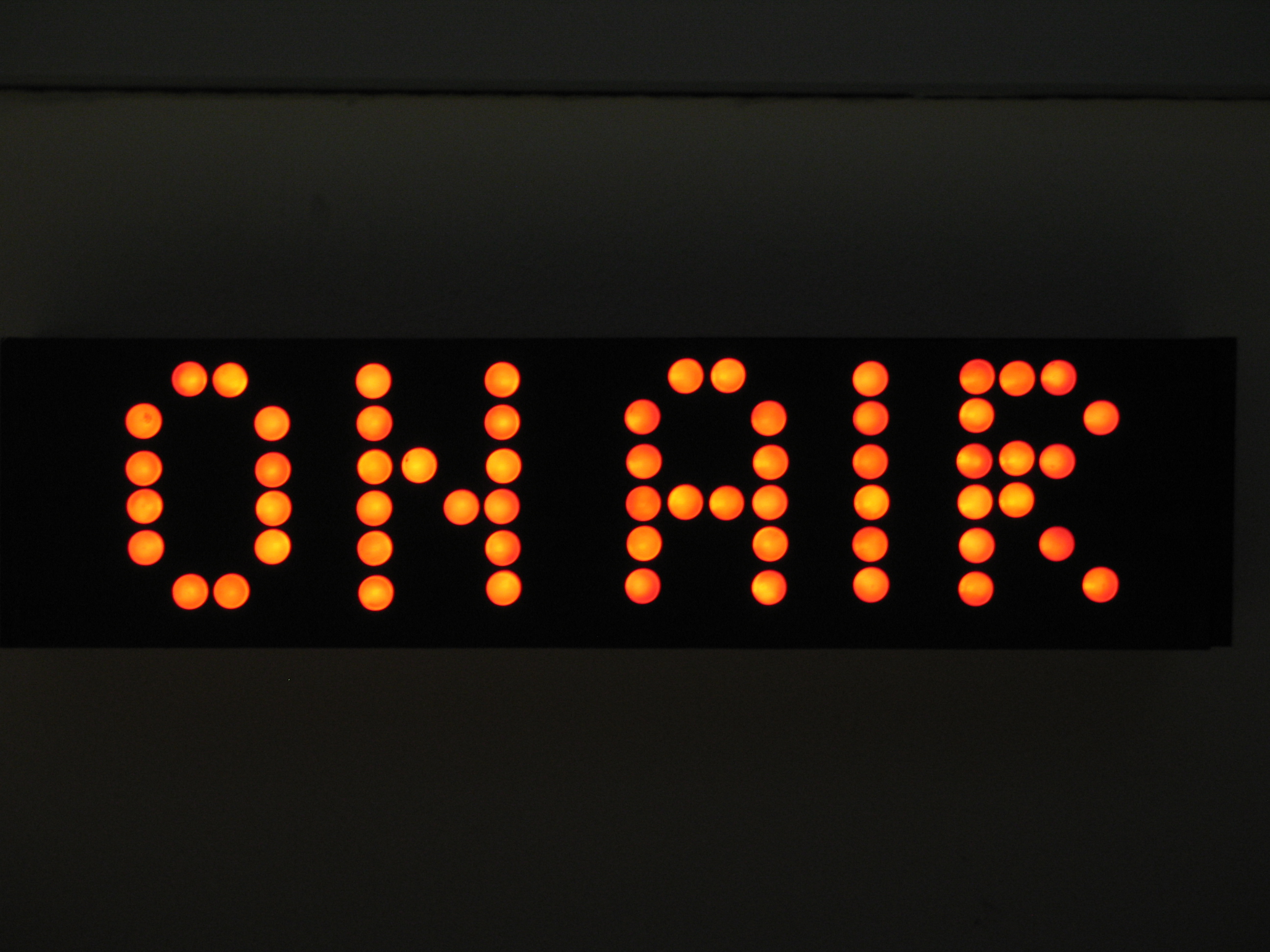My first experience with community radio involved a graveyard shift with two friends, five listeners and an incredible amount of laughs.
We were fresh-faced university students who had just completed four weeks of compulsory radio training and we wanted to test out our skills during this 2am-6am broadcast.
We experienced moments of panic, frustration and delusion because of our self-inflicted sleep deprivation, but we did improve our paneling skills and gain some much needed confidence behind the microphone.
After that experience, I became a reporter for the news and current affairs program at my local community radio station.
I started nervously, but soon enough I began interviewing people I saw on television, read about in the newspaper and heard about on the street.
The pressure of radio is intense. In just a few hours you need to choose a story, do your research, record some interviews and create a package while you’re writing a script at the same time.
It seems a little daunting, but it’s a great adrenaline rush, and the experience is vital to your development as a professional in the media industry.
While it can be difficult to get your writing published or gain experience in television, community radio is an accessible resource for those wanting to build their skills.
With over 300 broadcasters scattered around the country and tens of thousands of volunteers each year, the community radio sector is a significant contributor to training, media diversity, local content and unique programs for all to enjoy.
According to an audience survey conducted by McNair Ingenuity Research, listener interest is also high, with about 4.4 million Australians tuning in to community radio in an average week.
It gives emerging artists and local organisations the exposure and support commercial radio stations won’t provide. Without it, Australian broadcast would become quite bland.
But now, the future of community radio is at risk.
With the progression of technology, Australia’s radio waves are beginning to digitise, and the need for analogue systems is starting to decline.
Unsurprisingly, the road to digitisation is an expensive one. The Federal Government helped fund the digitalisation of 37 metropolitan community radio stations in Brisbane, Melbourne, Sydney, Adelaide and Perth in May 2011.
Fast-forward to 2013 and a $1.4 million shortfall in the Federal budget will prevent community radio stations from going digital and ensuring they are equipped to launch digital broadcasts.
If the Government does not address the $1.4 million shortfall in the next budget, it’s expected that all community digital radio services in at least two of the capital cities would have to be shut down.
Digital radio benefits both the broadcasters and the listeners. These benefits include higher quality sound, increased space, more content, the ability to select a station by name rather than frequency and even pause and rewind onscreen information.
The community sector deserves affordable access to digital radio alongside the national and commercial broadcasting sectors – without it, smaller interest groups and communities may be silenced.
Underrepresented groups are given a voice through community radio. The Student Youth Network (SYN) is an example of this.
SYN is a media organisation run by young people, for young people. It emboldens youth while providing training and broadcast opportunities for those who are willing to increase their skills.
SYN’s Digital Content Developer, Declan Kelly, says young people remain the most underrepresented group in Australia.
He believes digital radio is the future, and without funding, “the Government is not fulfilling their promise to help community radio.
“We might not feel the affects tomorrow, or next year, but eventually analogue radio will be shut up and we will not be free to express ourselves,” he says.
Mr Kelly says community stations differ from commercial and national broadcasters because they do not compete with each other, and tend to tailor their programs to represent specific minorities around Australia.
“If you give them [community radio] the opportunity to express Australia, they will take it up in a heart beat. So why restrict them?
“If you’re not letting the people who are affected by the story tell the story, what are you doing?” he says.
In a recent article by Crikey’s Ben Eltham, President of the Community Broadcasting Association of Australia (CBAA) Adrian Basso says “the budget amount came through as $2.2 million, and we’re still grappling with where that figure came from, because we were quite clear that $3.6 million was required. They’re not inflated figures, they’re actual costs.”
A spokesman for Communications Minister Stephen Conroy told Crikey that the Government is “proud” to contribute to community radio funding, but sponsorship and donations should be drawn from independent community-sourced revenue.
However, community broadcasters are not-for-profit organisations and scarce resources are not enough to cover the cost of accessing digital radio transmission during the early stages of its production.
In response, the CBAA has launched a campaign across the 37 affected stations, with many anti-Conroy advertisements being displayed.
Today is the National Day of Action, where community radio stations, listeners and volunteers will band together to make a final impact upon the funding change before the May 2013 Federal budget.
You can help by visiting the campaign website and showing your commitment to community radio.
It is extremely important for the future of community broadcasting that we secure and develop its position in the digital broadcasting spectrum.
The Government must address the shortfall in the upcoming budget, and realise how important it is for Australia to ensure that community radio has a digital future.
If you missed the link, make sure you visit www.committocommunityrado.org.au and show your support for the cause.
Dragana Mrkaja


